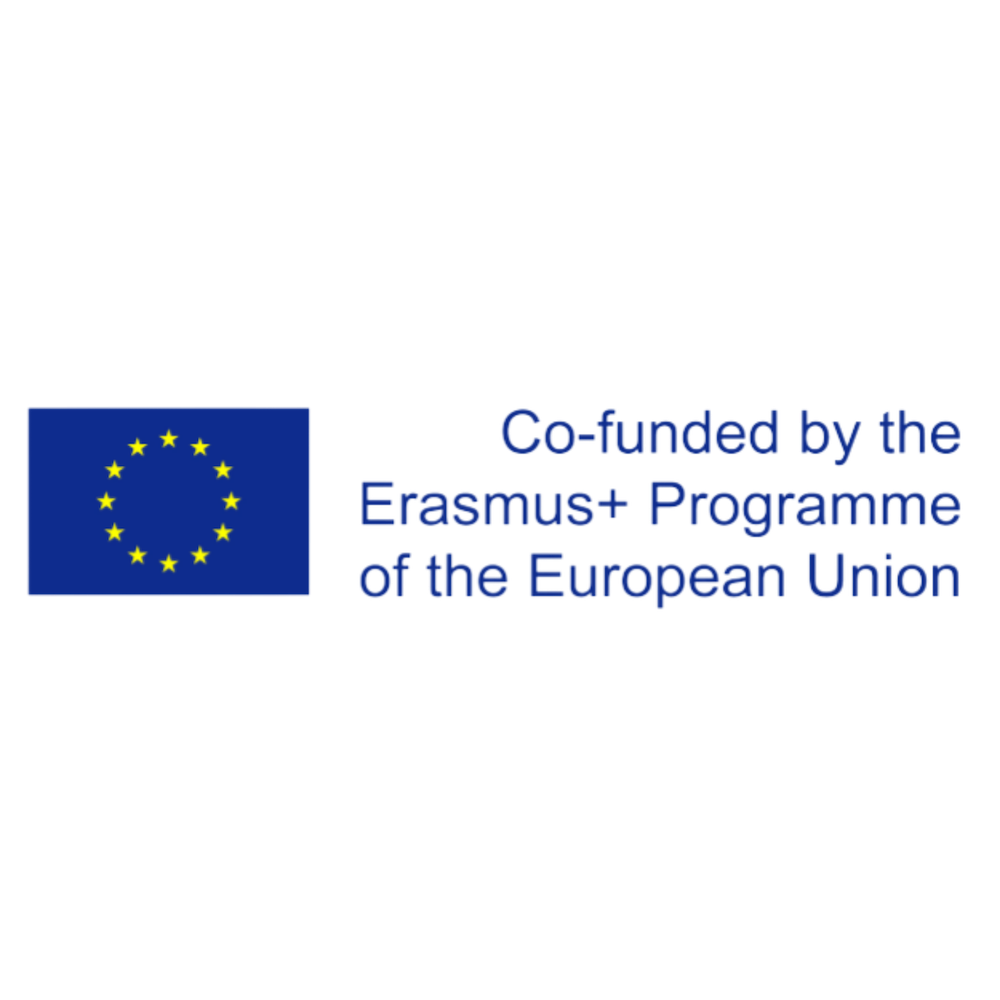Blog

Strategies for Teachers in a Multilingual and Multicultural Classroom
Teaching in a multilingual and multicultural classroom presents unique challenges and opportunities. With students from diverse linguistic and cultural backgrounds, teachers need to adopt strategies that not only accommodate but also celebrate this diversity. Here are some effective strategies for fostering an inclusive, dynamic, and supportive learning environment in a multilingual and multicultural classroom.
1. Embrace Cultural Diversity as a Learning Resource
Cultural diversity should be viewed as an asset rather than a challenge. Teachers can integrate students' cultural backgrounds into the curriculum by incorporating multicultural literature, discussing global current events, and encouraging students to share their traditions and experiences. This approach not only enriches the learning experience for all students but also helps to build a classroom culture of respect and inclusivity.
For example, when teaching history or social studies, teachers can explore how similar events are understood and commemorated in different cultures. This not only makes the content more relevant to students from diverse backgrounds but also broadens the perspectives of all students, fostering global awareness.
2. Differentiate Instruction
Differentiating instruction is key in a multilingual and multicultural classroom. Students will have varying levels of language proficiency and prior knowledge, so it’s important to tailor lessons to meet these diverse needs. This could involve using visual aids, simplifying language for beginner speakers, or providing more challenging tasks for advanced students.
Teachers can also offer different modes of learning—such as group work, individual projects, or interactive activities—to cater to different learning styles and language abilities. By differentiating instruction, teachers ensure that all students can engage with the material at their own pace and level.
3. Foster a Multilingual Environment
Encouraging the use of multiple languages in the classroom can be highly beneficial. Teachers can allow students to use their first languages to support their learning, especially when grappling with complex concepts. This can be done through peer support, bilingual dictionaries, or by assigning projects that can be completed in both the students' native language and the target language.
Additionally, teachers can learn a few phrases in their students' languages, which can go a long way in building rapport and showing respect for their linguistic backgrounds. Promoting a multilingual environment helps students feel valued and can enhance their overall academic performance.
4. Use Culturally Relevant Pedagogy
Culturally relevant pedagogy involves teaching in a way that is responsive to the cultural backgrounds of students. This approach recognizes the importance of including students' cultural references in all aspects of learning. Teachers can achieve this by using examples, analogies, and metaphors that are familiar to students from different cultural backgrounds.
For instance, when teaching mathematics, a teacher might use examples that reflect the daily lives of students from different cultures, such as currency conversions or measuring ingredients in traditional recipes. By making the content culturally relevant, teachers can increase engagement and understanding.
5. Encourage Collaborative Learning
Collaborative learning is particularly effective in multicultural classrooms, as it allows students to learn from each other’s perspectives. Group activities and peer tutoring can help bridge language gaps and promote cross-cultural understanding. Teachers should thoughtfully group students to ensure a mix of languages, cultures, and abilities, which can foster mutual support and enrich the learning experience.
Encouraging students to work together on projects, share their cultural traditions, and teach each other phrases in their languages can also strengthen social bonds and create a more cohesive classroom community.
6. Be Mindful of Language Use
Teachers need to be aware of the language they use in a multilingual classroom. It’s important to use clear, simple language and to avoid idioms or colloquialisms that might confuse non-native speakers. Teachers should also frequently check for understanding and encourage students to ask questions if they don’t understand something.
Using visual aids, gestures, and other non-verbal cues can also support comprehension. Additionally, providing written instructions or key vocabulary terms on the board can help students follow along more easily.
7. Provide Continuous Feedback and Support
Ongoing feedback is crucial for the success of students in a multilingual and multicultural classroom. Teachers should regularly assess students' progress and provide feedback that is constructive and culturally sensitive. This might involve offering additional language support, clarifying misunderstandings, or celebrating improvements.
It's also important to provide emotional support, recognizing the challenges that students might face as they navigate learning in a new language and culture. Creating a supportive classroom environment where mistakes are seen as learning opportunities can help students build confidence and resilience.
8. Involve Families and Communities
Engaging with students' families and communities can enhance the learning experience. Teachers can invite parents to share their cultural traditions with the class, or they can organize events that celebrate the diverse cultures represented in the classroom. This not only enriches the educational experience but also strengthens the connection between the school and the wider community.
Involving families in the learning process can also help bridge cultural gaps and provide additional support for students as they navigate their education in a new cultural context.
Teaching in a multilingual and multicultural classroom requires flexibility, creativity, and a deep respect for diversity. By embracing cultural differences, differentiating instruction, fostering a multilingual environment, and using culturally relevant pedagogy, teachers can create a classroom where all students feel valued and empowered to succeed. As classrooms around the world continue to grow more diverse, the importance of these strategies will only increase, making them essential tools for every educator.
Leave your thought here
Your email address will not be published. Required fields are marked *


 Admin
Admin 
Comments (0)